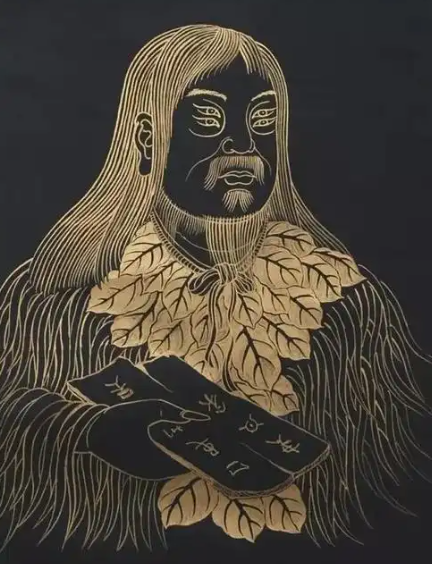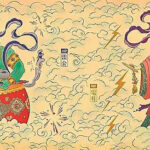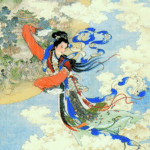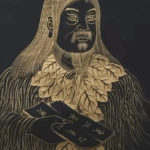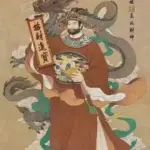Cangjie, the legendary figure credited with the invention of Chinese characters, is a prominent character in ancient Chinese mythology. The site where he is believed to have created these characters is known as the “Phoenix Holding the Book Platform.” According to the “Huainanzi · Benjing Xun,” it is written: “In ancient times, Cangjie created characters, and the heavens rained millet, while ghosts wept during the night.” Cangjie, originally surnamed Hougang and later known as Shihuang, was instrumental in collecting, organizing, and standardizing the characters that had been passed down through the ancestors. His efforts in creating the Chinese writing system played a pivotal role in the transmission of Chinese civilization, contributing an enduring legacy to the nation. While it is generally believed that Cangjie alone did not invent the Chinese characters, he is considered their organizer and is revered by later generations as the “Saint of Character Creation.”
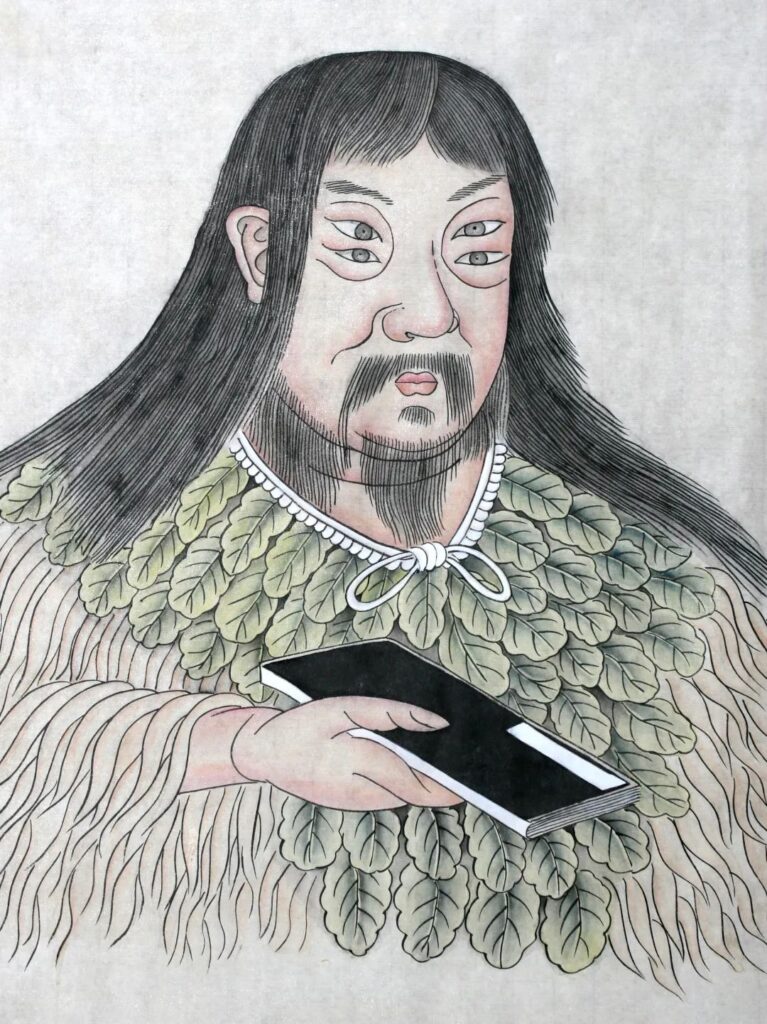
According to the “Wanxing Tongpu · Volume 52,” Cangjie was from Wu Village in Nanle and was born with extraordinary abilities, including four eyes. It is said that he observed the traces of birds and insects and began developing characters to replace the use of knotting ropes for record-keeping, eventually serving as the historian for Emperor Xuanyuan, the Yellow Emperor. Similarly, the “Ming Yitongzhi · Ancient Figures” records: “Cangjie, a native of Wu Village in Nanle, was born with great wisdom and four eyes. By studying the footprints of birds and insects, he devised a written system to replace the knotting of ropes, serving as the historian under Emperor Xuanyuan.”
Across China, numerous historical sites commemorate Cangjie, including the Cangjie Character Creation Site, Character Creation Platform, Cangjie Tomb, and Cangjie Temple. Of these, four were established during the Han Dynasty, located in Henan’s Nanle, Yucheng, Kaifeng, and in Shaanxi’s Luonan and Baishui. It is said that Cangjie developed characters by observing the footprints of birds.
Cangjie is a revered figure in Chinese mythology, regarded as both the official historian of the Yellow Emperor and the creator of Chinese characters. According to legend, he was born with four eyes, and upon the invention of the writing system, the heavens wept and the ghosts cried, while millet rained from the sky. Though widely celebrated, Cangjie is seen more as a mythological than a historical figure, and it is generally believed that he was not the sole inventor of Chinese characters. Nonetheless, he lends his name to the Cangjie-pian, a proto-dictionary, the Cangjie input method for computers, and even a Martian rock, named by the Spirit rover during its exploration of Mars.
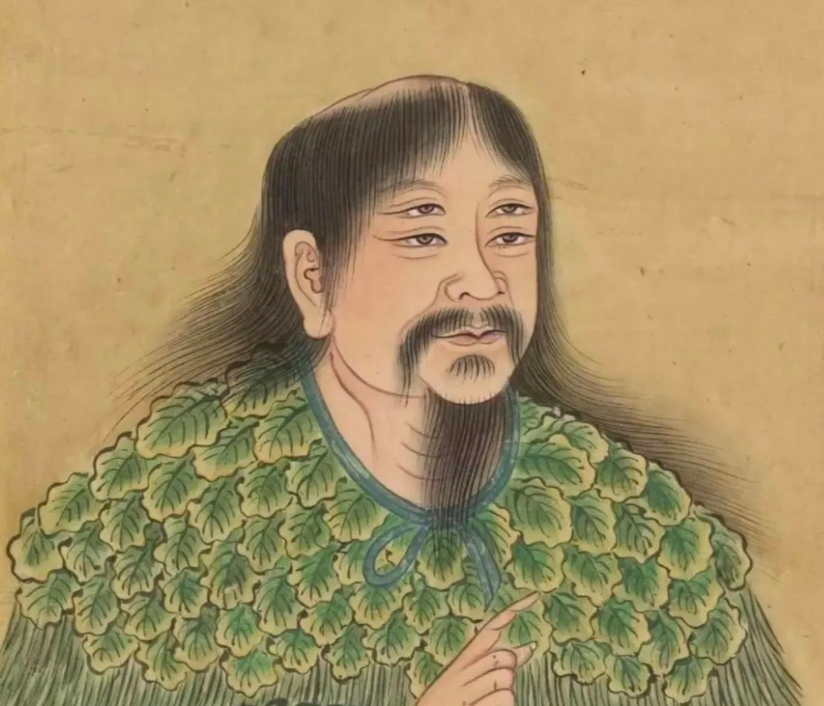
Etymology
The name “Cangjie” combines the character cāng (倉), a common surname, and jié (頡), which means “bird.” This naming reflects his fusion of historical and mythical dimensions, possibly accounting for the lack of deeper insight into his characteristics or abilities.
Attributes
Cangjie is often depicted in art with his distinctive four eyes, symbolizing his extraordinary perceptiveness. His additional set of eyes grants him the ability to discern patterns, shapes, and lines in the natural world that elude ordinary observation. In some versions of the legend, his four eyes are said to allow him to distinguish truth from falsehood.
Mythology
According to tradition, Cangjie served as the historian to the Yellow Emperor (Huangdi). Tasked with developing a method for recording important information, he is said to have retreated into the wilderness to contemplate this monumental task. During his sojourn, he observed natural patterns in the forms of trees, animals, stars, and structures, which he then transformed into logograms. These symbols eventually formed the foundation of the Chinese writing system, which would spread throughout the Chinese-speaking world.
An alternative version of the myth attributes Cangjie’s inspiration to the markings on a tortoise’s shell. Upon completing the writing system, it is said that millet rained down from the heavens and that demons and ghosts cried out in the night.
Pop Culture
Cangjie’s immense contribution to Chinese culture has secured him a revered place in mythology. Numerous temples dedicated to him can be found across China, particularly in Henan, Shaanxi, and Shandong provinces. The Cangjiepian, one of the earliest known Chinese dictionaries dating back to 220 BCE, is named in his honor. The modern “Cangjie input method” for typing Chinese characters into computers also carries his name. In 2004, during the Spirit rover’s mission to Mars, a rock encountered on the Martian surface was named after Cangjie, further cementing his legacy in both Earthly and extraterrestrial history.

